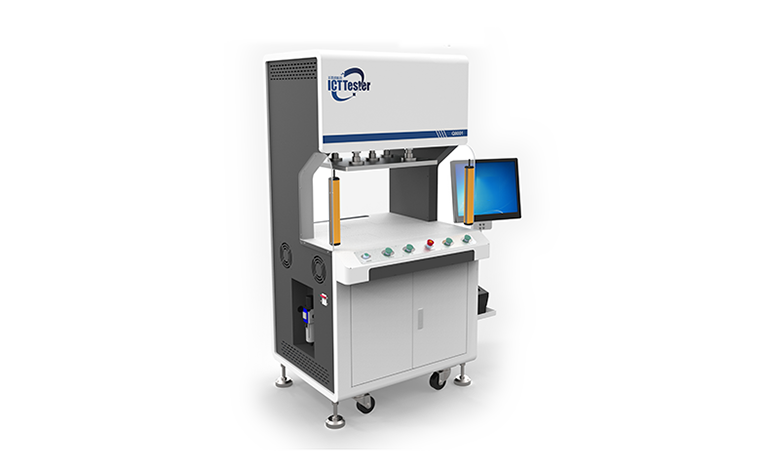



How to Conduct ICT Testing
Information and Communications Technology (ICT) is an integral part of today's modern world. From communication and data storage to software development and network infrastructure, ICT plays a crucial role in almost every aspect of our lives. As technology continues to advance, the demand for effective and reliable ICT solutions is becoming increasingly important. This is where ICT testing comes into play.

ICT testing is a critical part of the development and implementation process of ICT solutions. It involves the evaluation and verification of various aspects of ICT systems, including hardware, software, networks, and security. The primary goal of ICT testing is to ensure that the ICT solutions perform as intended and meet the required standards of functionality, reliability, and security.
So, how exactly is ICT testing conducted? Let's take a look at the key steps and best practices for performing effective ICT testing.
1. Define Testing Objectives and Requirements
The first step in conducting ICT testing is to clearly define the testing objectives and requirements. This involves understanding the specific goals of the testing process, such as identifying system vulnerabilities, evaluating system performance, or verifying system compliance with industry standards. Additionally, it's important to establish the scope of the testing, including the systems, components, and functionalities that will be tested.
2. Develop a Test Plan
Once the testing objectives and requirements have been defined, the next step is to develop a comprehensive test plan. The test plan should outline the testing approach, methodologies, test cases, and success criteria. It should also specify the resources, tools, and timelines for conducting the testing. A well-defined test plan provides a roadmap for the testing process and ensures that all necessary aspects of the ICT solutions are thoroughly evaluated.
3. Conduct Functional Testing
Functional testing is an essential component of ICT testing, as it focuses on verifying that the ICT solutions perform as intended in terms of functionality and user experience. This type of testing involves evaluating the features, capabilities, and user interfaces of the ICT systems to ensure they meet the specified requirements. Functional testing may include unit testing, integration testing, system testing, and user acceptance testing.
4. Perform Performance Testing
Performance testing is another critical aspect of ICT testing, particularly for systems that are expected to handle a large volume of users or data. This type of testing involves assessing the performance, scalability, and responsiveness of the ICT solutions under different load and stress conditions. Performance testing helps identify potential bottlenecks, latency issues, and resource constraints that could impact the overall performance of the systems.
5. Conduct Security Testing
In today's digital landscape, security is a top priority for ICT solutions. Security testing aims to identify and address vulnerabilities and weaknesses in the systems that could be exploited by malicious actors. This includes testing for potential security breaches, data privacy risks, and compliance with security standards and regulations. Security testing may encompass vulnerability assessments, penetration testing, and compliance audits.
6. Evaluate Compatibility and Interoperability
ICT solutions often need to work seamlessly with other systems, platforms, and devices. Compatibility and interoperability testing assesses the ability of the ICT solutions to function effectively in various environments and with different technologies. This type of testing helps ensure that the systems can communicate, exchange data, and integrate with external components without encountering compatibility issues.
7. Document and Analyze Test Results
Throughout the testing process, it's important to document the test results, including any issues, bugs, or performance metrics. Analyzing the test results provides insights into the overall quality and stability of the ICT solutions, as well as any areas that may require further refinement or corrective action. Additionally, documenting test results is essential for compliance, reporting, and continuous improvement purposes.
8. Implement Test Automation
To streamline the testing process and improve efficiency, test automation tools and frameworks can be utilized. Test automation allows for the creation and execution of test scripts, reducing the manual effort required for repetitive testing tasks. By implementing test automation, organizations can accelerate the testing process, increase test coverage, and achieve more consistent and reliable results.
In conclusion, ICT testing is a critical component of ensuring the quality, performance, and security of ICT solutions. By following the best practices outlined above and leveraging appropriate testing methodologies and tools, organizations can effectively evaluate and validate their ICT systems. Ultimately, effective ICT testing contributes to the delivery of reliable and robust ICT solutions that meet the ever-growing demands of the digital age.